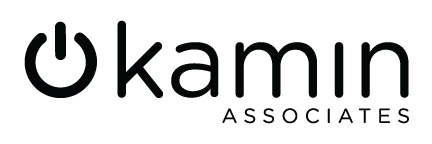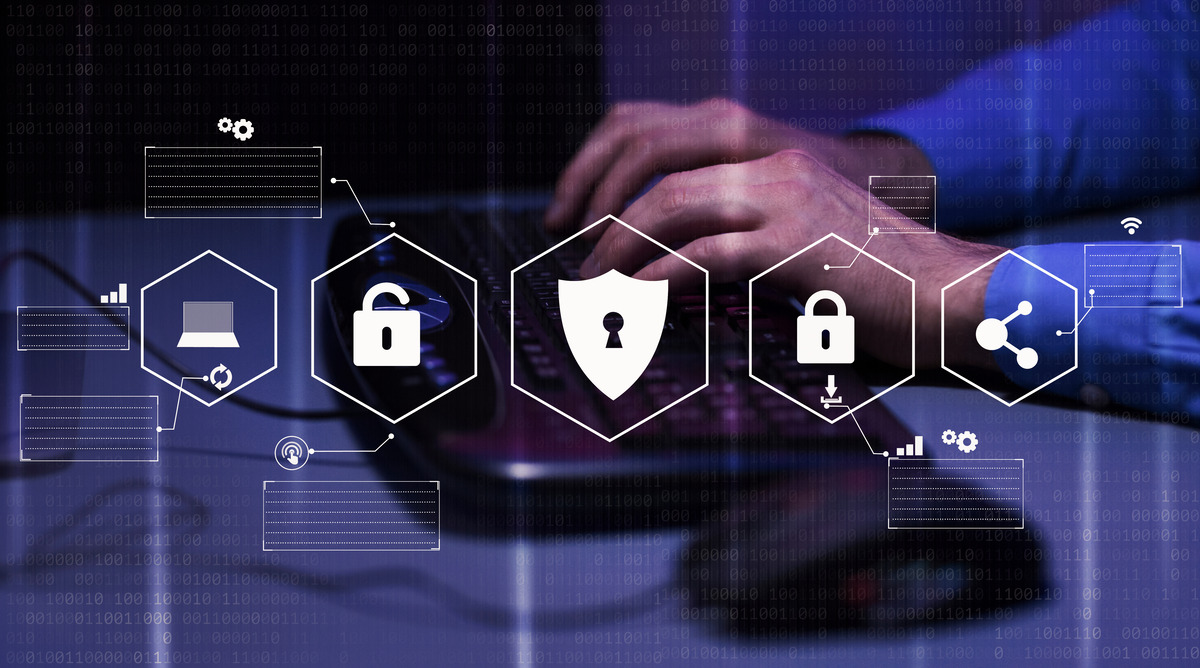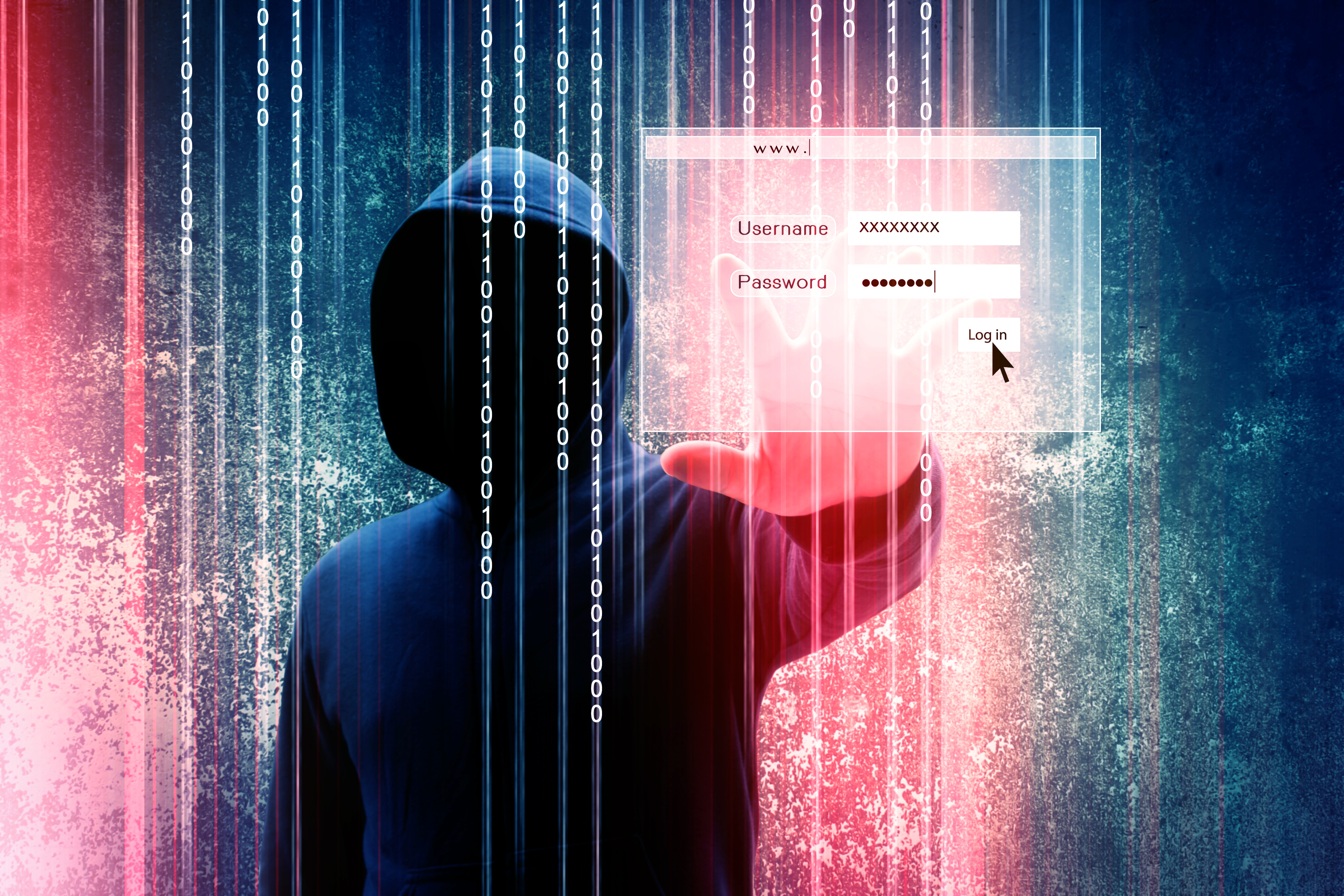Cyber threats are evolving at record speed—and so should your defenses. For small to midsize businesses (SMBs), a strong cybersecurity stack in 2025 isn’t just a best practice; it’s a necessity. Without the right IT security tools in place, even a single vulnerability can expose your data, disrupt your operations, and damage customer trust.
In this post, we’ll break down what a cybersecurity stack is, why it matters more than ever in 2025, what essential tools should be included, common mistakes to avoid, and how a trusted managed service provider (MSP) like Kamin Associates can help strengthen your digital defenses.
What Is a Cybersecurity Stack?
A cybersecurity stack is a collection of layered technologies, practices, and services designed to protect your business’s IT infrastructure. Think of it like a security system for your digital environment—each layer plays a specific role in detecting, preventing, and responding to cyber threats.
A well-designed stack doesn’t rely on just one tool. Instead, it uses a multi-layered approach to defend endpoints, networks, users, applications, and data.
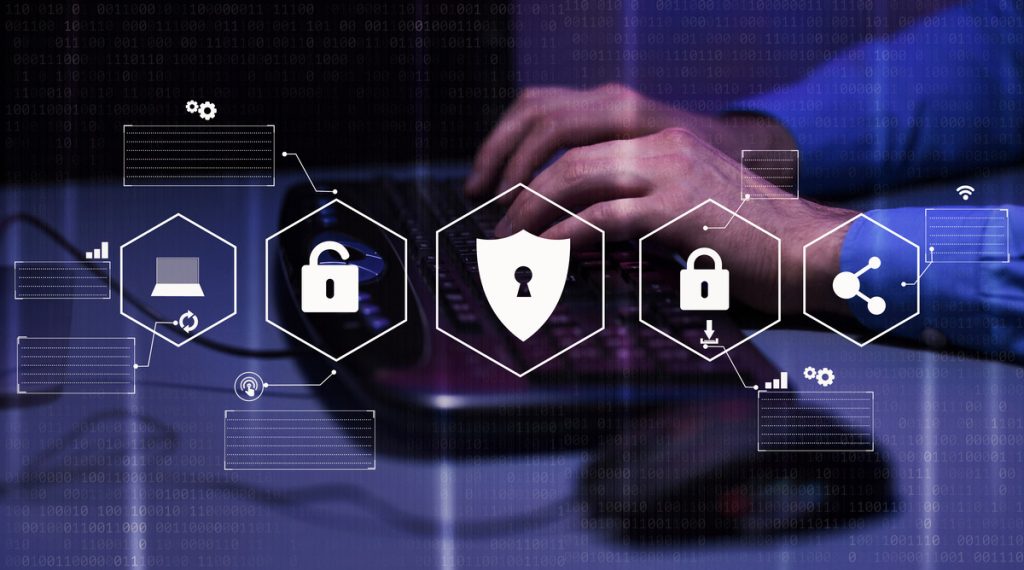
Why Your Cybersecurity Stack Matters in 2025
Cybercriminals are targeting SMBs more than ever before. In 2025, threats like ransomware-as-a-service, AI-powered phishing, and zero-day exploits are becoming increasingly sophisticated. A basic antivirus just isn’t enough anymore.
Here’s why your cybersecurity stack needs an upgrade in 2025:
- Threats are more complex: Attackers are using automation and AI to find vulnerabilities faster.
- Remote and hybrid work is the norm: More endpoints, more access points, and more risk.
- Regulations are tightening: From HIPAA compliance to FTC Safeguards, compliance matters more than ever.
- Downtime is costly: A single attack can halt operations, cost thousands, and harm your reputation.
To keep your business protected, your cybersecurity stack must evolve with the threat landscape.
Essential Components of a Cybersecurity Stack in 2025
If you’re a small business or IT manager evaluating your defenses, here are the must-have IT security tools for a modern cybersecurity stack:
1. Firewall (Next‑Gen Firewall)
Your first line of defense against unauthorized access. A next-gen firewall includes advanced filtering, intrusion prevention, and application-level inspection.
2. Endpoint Detection and Response (EDR)
EDR solutions monitor endpoints in real time to detect suspicious activity. Unlike basic antivirus, EDR offers visibility, automated threat response, and forensic capabilities.
3. Managed Detection and Response (MDR)
For businesses without in-house security teams, MDR adds 24/7 threat monitoring, detection, and response—backed by real human analysts.
4. Multi-Factor Authentication (MFA)
MFA adds a crucial layer of protection by requiring users to verify their identity through two or more methods, such as a password plus a phone prompt or token.
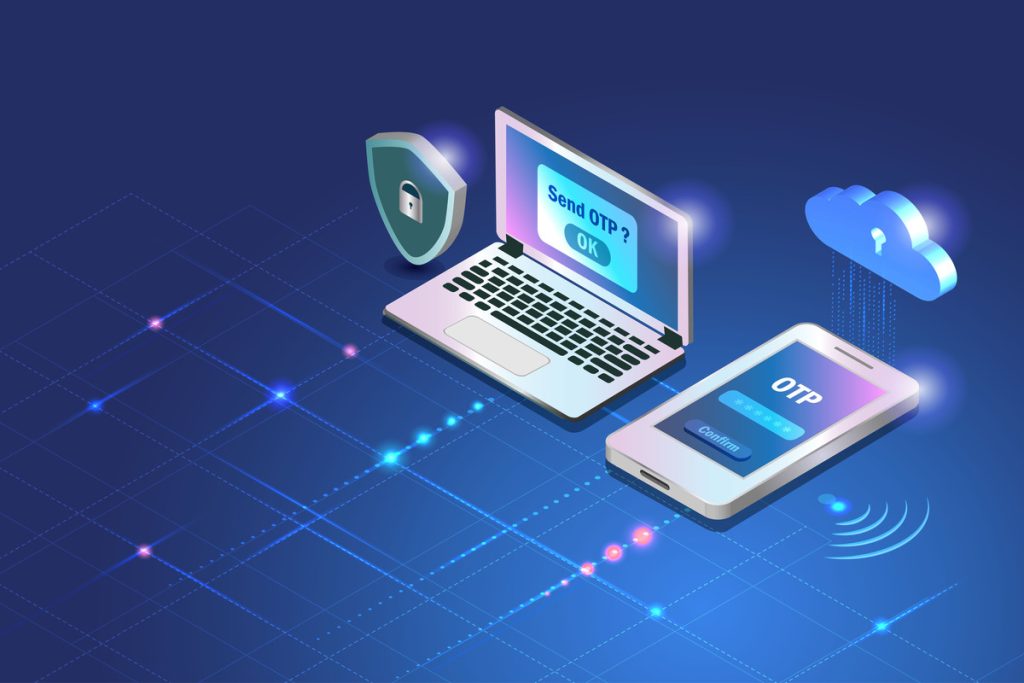
5. Data Backup & Disaster Recovery
Secure, automated backups ensure you can recover quickly after a ransomware attack or system failure. Offsite/cloud backups are essential for business continuity.
6. Patch Management
Outdated software is one of the easiest ways in for attackers. Automated patch management ensures systems stay updated with the latest security fixes.
7. Security Awareness Training
Employees are your first line of defense—and often your weakest link. Regular phishing simulations and awareness training reduce human error and improve vigilance.
8. Email Security Tools
Advanced spam filtering, malware detection, and protection against phishing attacks help keep your inbox safe from common attack vectors.
9. Zero Trust Architecture (ZTA)
In 2025, “trust but verify” isn’t enough. A zero-trust approach assumes no user or device is safe until verified, limiting access based on strict authentication.
Common Cybersecurity Mistakes SMBs Make
Even with good intentions, many small to midsize businesses fall into these traps:
- Relying on legacy antivirus alone
- Neglecting regular updates and patching
- Using weak or reused passwords
- Failing to back up critical data
- Assuming they’re too small to be targeted
- Underestimating insider threats and human error
Cybersecurity is not a set-it-and-forget-it investment. It requires regular assessment, updates, and training to stay effective.
How Kamin Associates Can Help Optimize Your Cybersecurity Stack
Building and managing a modern cybersecurity stack is complex—but you don’t have to do it alone. At Kamin Associates, we specialize in small business cybersecurity and offer tailored solutions that balance protection, compliance, and budget.
Here’s how we help:
- Security Assessments: We evaluate your current defenses and identify gaps.
- Custom Stack Design: We build the right-sized stack for your industry, size, and risk profile.
- 24/7 Monitoring & MDR: Our security team actively monitors and responds to threats—so you can sleep at night.
- User Training: We provide practical, ongoing training for your employees.
- Compliance Support: We help you meet industry-specific regulations like HIPAA, FTC Safeguards, and more.
Partnering with an MSP like Kamin means peace of mind, strategic guidance, and a stronger defense—without the overhead of building it all in-house.
Final Thoughts
Your cybersecurity stack in 2025 should be agile, proactive, and multi-layered. With the right IT security tools in place and expert support from Kamin Associates, your business can stay ahead of modern threats, reduce downtime, and operate with confidence.
Want to know if your current stack is doing enough? Schedule a free cybersecurity assessment with Kamin Associates today.
